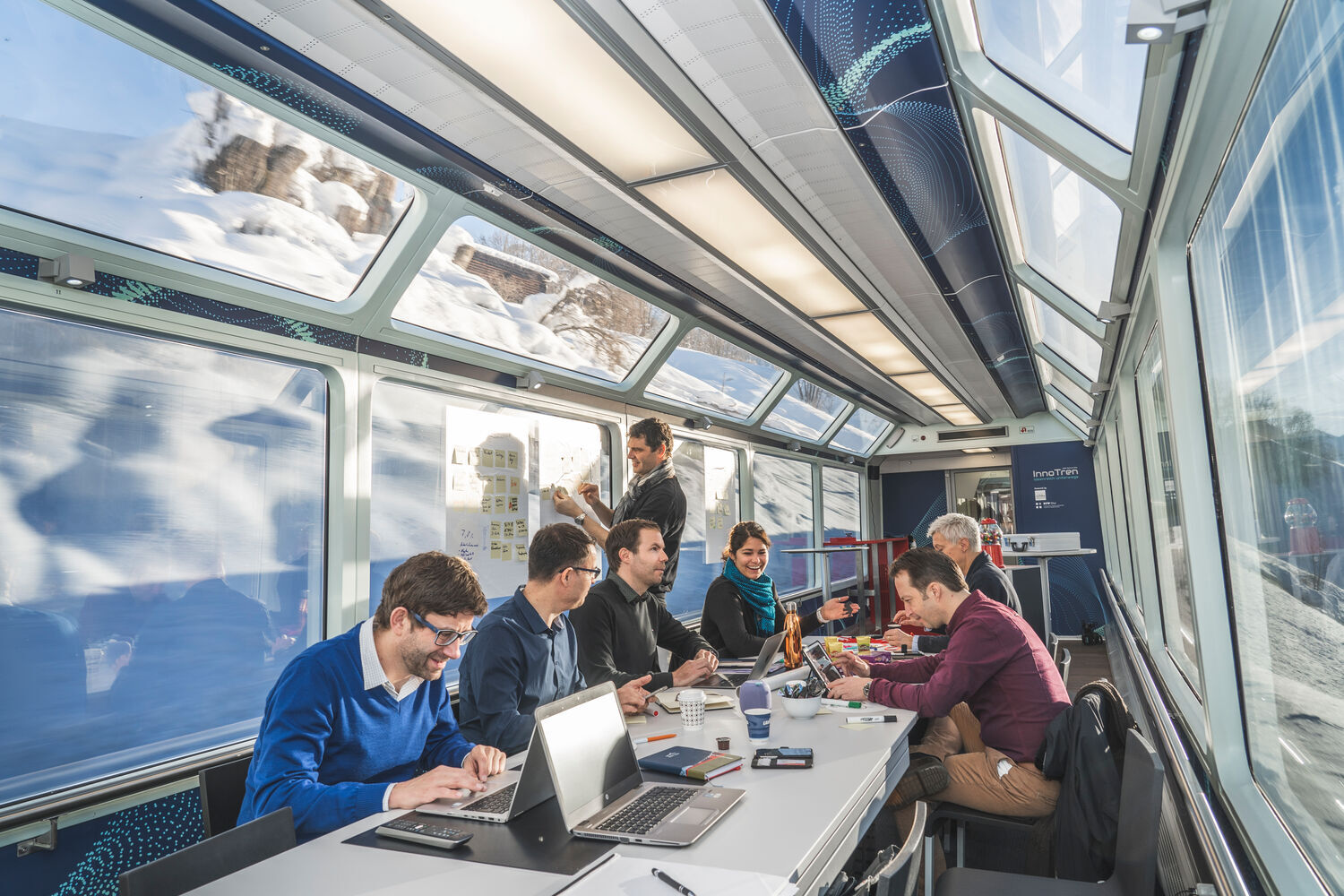Should Wi-Fi on trains be free or paid? Internet accessibility is a matter of local taste
Public transport worldwide is being digitized, and the volume of consumed data on trains and buses is steadily growing.
How does Wi-Fi in public transport actually work? What motivates operators to innovate the passenger experience? What are the differences in demand for digital services between Europe, Africa, the Middle East or South America? Our CEO Jan Kolář writes about the role of Wi-Fi in public transport.
You might be surprised, but having paid or free Wi-Fi on board public transport is mainly a matter of local taste. Wi-Fi in public transport allows passengers to save their mobile data on buses; while on trains, where metal structure reduces mobile signal quality by up to 35 dB, onboard Wi-Fi offers faster connection. And it also opens up many other entertainment possibilities for the passengers as well as monetization opportunities for the operators.
Wi-Fi monetization also varies throughout the world. It is often free of charge in Europe and the West in general, where operators strive to offer superb digital services to overshadow the competition. Providing internet connectivity on board creates new opportunities, such as offering BYOD infotainment and entertainment portals via Wi-Fi with movies, music, games, and real-time information about the journey.
There are also advanced tools that allow operators to generate auxiliary revenues on top of the ticket price. Offering connecting services at the destination, selling refreshments on-board through online ordering system or monetizing the multimedia screens by including cross-sell and upsell offers or partner content. Streams of additional revenues in the digital world are mostly limited by the imagination of the sales and marketing teams.
Free Wi-Fi dominates in Europe
According to our measurements, the monthly data consumption of a European international train with our multi-SIM gateways averages around 1 TB of data. Our busiest client reached a maximum of 4 TB of data transferred in one month last year, and the overall demand for data is steadily growing.
Onboard internet is usually offered free of charge in Europe, and in general, customers prefer unlimited data and time despite the lower speed. Internet connectivity is not a competitive advantage in the European environment; it’s becoming a necessity that can drive up the costs for transport companies as telco operators do not offer industrial data packages. Operators are, therefore, incentivized to offer offline content that will limit the amount of data passengers download.
When a passenger chooses a movie from the infotainment portal instead of Netflix or YouTube, they download less and avoid problems with signal outages in poorly covered areas. This works also for other multimedia – music, audiobooks, tourist guides. We went through the first phase of digitization, and advanced digital experiences are becoming a competitive advantage rather than just basic internet connectivity.
Digitization of Middle East, Africa and luxurious catamarans
Over the rest of the world, the situation varies greatly. Factors like the economic maturity of the country and the quality of mobile signal coverage come into play. For example, we delivered internet connectivity for a tourist train to Machu Picchu in Peru, operated by a private company IncaRail. Over 70% of passengers connect to the onboard Wi-Fi on this train as they do not purchase local prepaid SIM cards, and roaming is expensive (1 MB can cost over €11).
High mobile data prices also define the situation in the Middle East. On a project in Riyadh, we are creating a solution to offer passenger packages with different speeds based on the number and length of ads they want to watch. Local operators try to monetize Wi-Fi connections onboard as much as possible and the users prefer to pay with their attention instead of money.
In Africa, long-distance coaches are often equipped with internet connectivity as reception is usually weak and operators want to offer better connection than competition. African routes are typically long and passengers welcome internet connectivity on board to save their data and infotainment portal they can use in areas with poor reception. A similar challenge also faces a luxurious catamaran by Austal navigating between islands in French Polynesia. Passengers use an infotainment portal on the sea with no reception and Wi-Fi connectivity when the catamaran cruises closer to the shore.
How the on-board internet connectivity works
To offer passengers an internet connection via Wi-Fi, the operator must install a network device or gateway to the train, bus, or vessel. This device runs the Wi-Fi network for passengers and connects to mobile networks of different operators using several SIM cards and modems. Multi-SIM and Geofencing features allow trains to automatically switch up to 16 SIM cards and 4 modems at the border so that the operators avoid roaming fees.
The major challenge these days is the quality of mobile data connection. The 5G networks should improve the situation, but higher speeds help rail corridors that often go outside of cities only partially, connection quality and transmission speeds should be improved first. When this improves, we can immediately start moving services from onboard hardware to the cloud, opening the door to a whole new level of digital service in public transport.
Jan Kolář, Passengera CEO
